

James Wong
2026 Nissan Ariya review
3 Days Ago
The Australian Government may announce several key concessions to carmakers when it puts forward revised emissions regulations this week.

News Editor
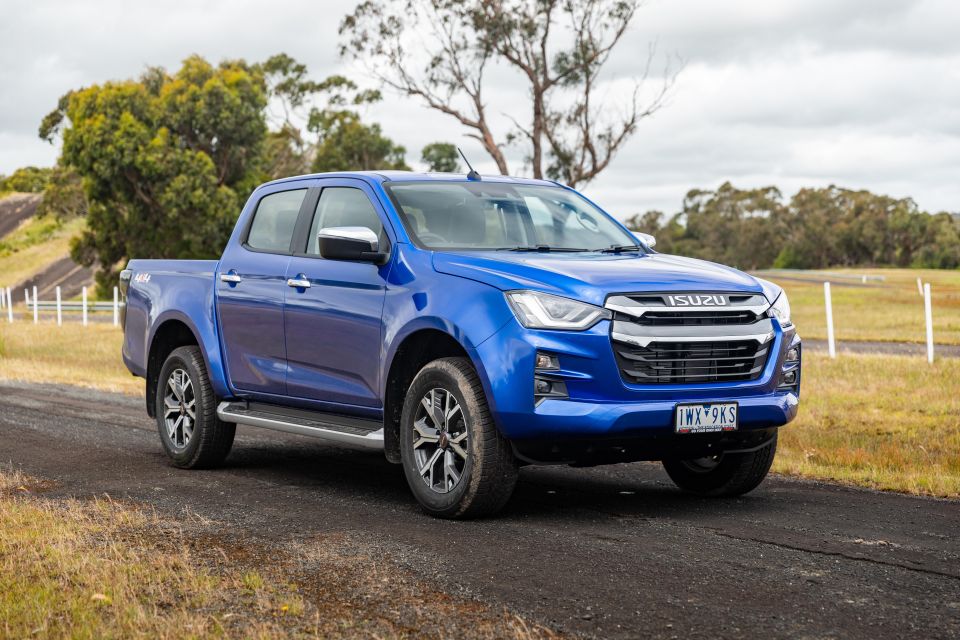

News Editor
The Australian Government is set to announce changes to its proposed New Vehicle Efficiency Standard (NVES) aimed at placating carmakers.
The Australian Financial Review reports Energy and Climate Change Minister Chris Bowen and Transport Minister Catherine King will put forward the revised scheme in Parliament today, after Prime Minister Anthony Albanese became involved in negotiations last week.
Under the revised scheme, approved by the Federal Cabinet on Monday, the publication reports heavy SUVs that share the same chassis and drivetrains as utes will be reclassified as light commercial vehicles.
It cites the Isuzu MU-X, Ford Everest and Toyota LandCruiser as examples.
Under the Government’s preferred NVES option, called Option B, all SUVs, regardless of size or underpinnings, would have been lumped in with utes and vans, leaving a separate emissions target only for passenger cars.

The Government will also reportedly introduce a credit scheme, similar to that in the US, which would reward manufacturers for additions such as more environmentally friendly air-conditioning gases.
It’s unclear what other credits will be included.
Manufacturers such as Toyota have called for off-cycle credits – which take into account features that may reduce a vehicle’s emissions in a way not measured in emissions testing – and super credits, whereby electric and plug-in hybrid vehicles are counted as multiple vehicles to further offset models with higher emissions.
Mr Bowen has said he’s been consulting with the industry on “sensible” changes, and told Parliament yesterday this consultation is very close to a conclusion.
“We have looked at the United States as part of that,” he said, hinting towards the introduction of off-cycle credits.
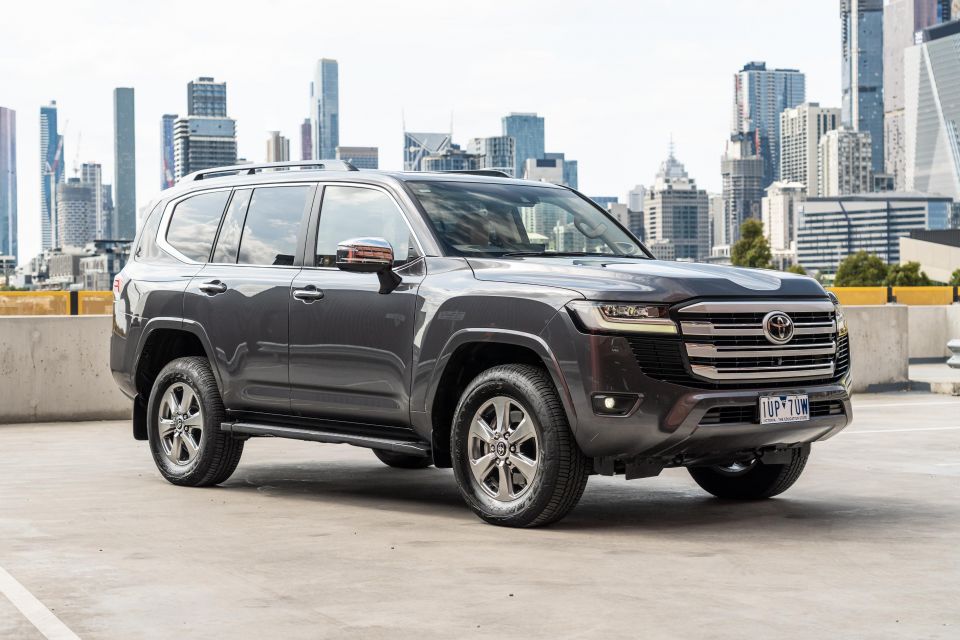
The Greens had previously indicated they wouldn’t support NVES legislation if Labor made a deal on offshore gas project approvals with the Coalition, but party leader Adam Bandt said yesterday “we’ll see” when it comes to the vote.
Opposition Leader Peter Dutton has said he won’t even support a watered-down version of the NVES, saying the Coalition “will not be Labor-lite” and support legislation that “castigates Australians who are making purchasing decisions for whatever reason they may have them”.
The Coalition has called the NVES a “direct hit on popular models that Australians love to drive” and a “family car and ute tax”, claiming it will drive up the prices of popular vehicles.
Under the Government’s proposed NVES regulations, which are intended to come into effect from January 1, 2025, carmakers will be given targets for average CO2 emissions per kilometre across their vehicle fleets.

Over time this CO2 target will move, forcing companies to provide vehicles with lower or zero emissions to meet stricter targets.
If companies meet or beat their CO2 target, they’ll receive credits. If they miss it, they can either trade credits with a different supplier, make it up over a set period, or pay a penalty.
Carmakers will still be able to sell larger, less efficient vehicles, but they’ll need to offset these with zero- and low-emissions vehicles or by buying credits from another carmaker.
The Australian Government has said the regulations will not only reduce vehicle emissions, but save Australians around $1000 per vehicle per year in fuel costs by 2028 while also spurring carmakers to bring more efficient options to our market.

It says there’s “no evidence” to suggest the NVES will increase vehicle prices, pointing to the US and Canada as proof, and specifically called out vehicles like the Toyota HiLux and Tundra and Ford Ranger as examples of vehicles sold in markets with efficiency standards.
Numerous car companies and industry groups have argued that under Option B the Government’s timeframe is too tight and called for aspects of its more lenient Option A proposal to be incorporated.
Option A features separate CO2 targets for passenger vehicles (which includes light SUVs and two-wheel drive versions of four-wheel drive vehicles) and light commercial vehicles (LCVs), the latter category including not only utes and vans but also “larger SUVs, four-wheel drives”.
It aims to reduce passenger vehicle CO2 intensity by 34 per cent between 2024 and 2029, with a 14 per cent reduction for LCVs. The average annual reduction would be 6.8 per cent and 3.8 per cent, respectively.
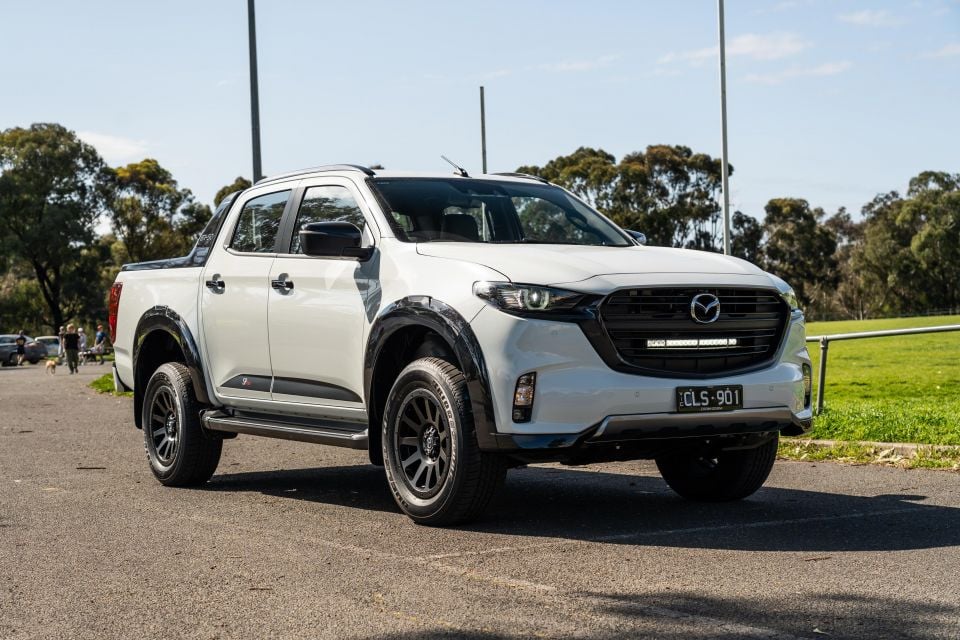
The government defines intensity as “a measure of vehicle efficiency, not actual vehicle emissions, which depend on many real-world factors, such as the distance travelled, the nature of the driving, and road and traffic conditions”, and it’s measured in grams per kilometre.
Under Option A, manufacturers would be able to bank, trade, and pool their credits – the latter meaning companies would be able to form a “collective entity whose emissions results are considered collectively”.
Under this option, credits would last five years. There would also be “supercredits”, allowing vehicles like EVs and plug-in hybrids to be counted more than once to help further offset less-efficient vehicles.
Manufacturers would be charged a penalty of $40 per g/km if they exceed their targets. However, under this option, binding targets would only commence in 2027.

Option B, the government’s preferred option, is a “strong, ambitious and achievable NVES’ that aims to catch up with the US around 2028, and then match the stringency of those standards.
This NVES would commence in full on January 1, 2025, and see a penalty rate of $100 per g/km.
There would be two categories: one for passenger vehicles and all SUVs; the other for utes, large pickups and vans.
It would target a total reduction in CO2 intensity between 2024 and 2029 of 61 per cent for passenger vehicles and 62 per cent for LCVs, with average annual reductions of 12.2 and 12.4 per cent, respectively.
Manufacturers wouldn’t be able to pool their credits or receive super credits, and credits would last just three years.
MORE: All our coverage on the New Vehicle Efficiency Standard
William Stopford is an automotive journalist with a passion for mainstream markets and historical automotive pieces.


James Wong
3 Days Ago


William Stopford
3 Days Ago


Josh Nevett
2 Days Ago
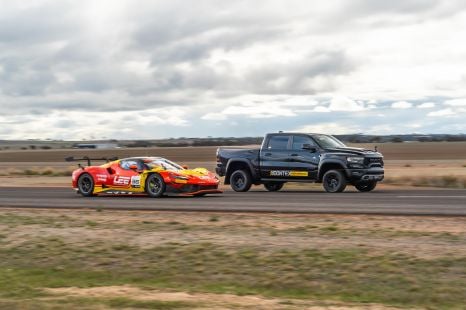

Paul Maric
1 Day Ago
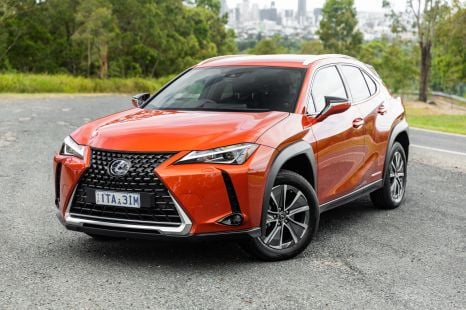

William Stopford
20 Hours Ago
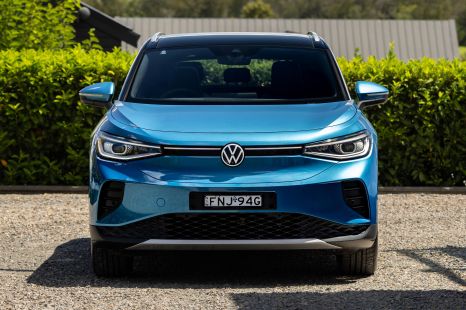

Damion Smy
18 Hours Ago